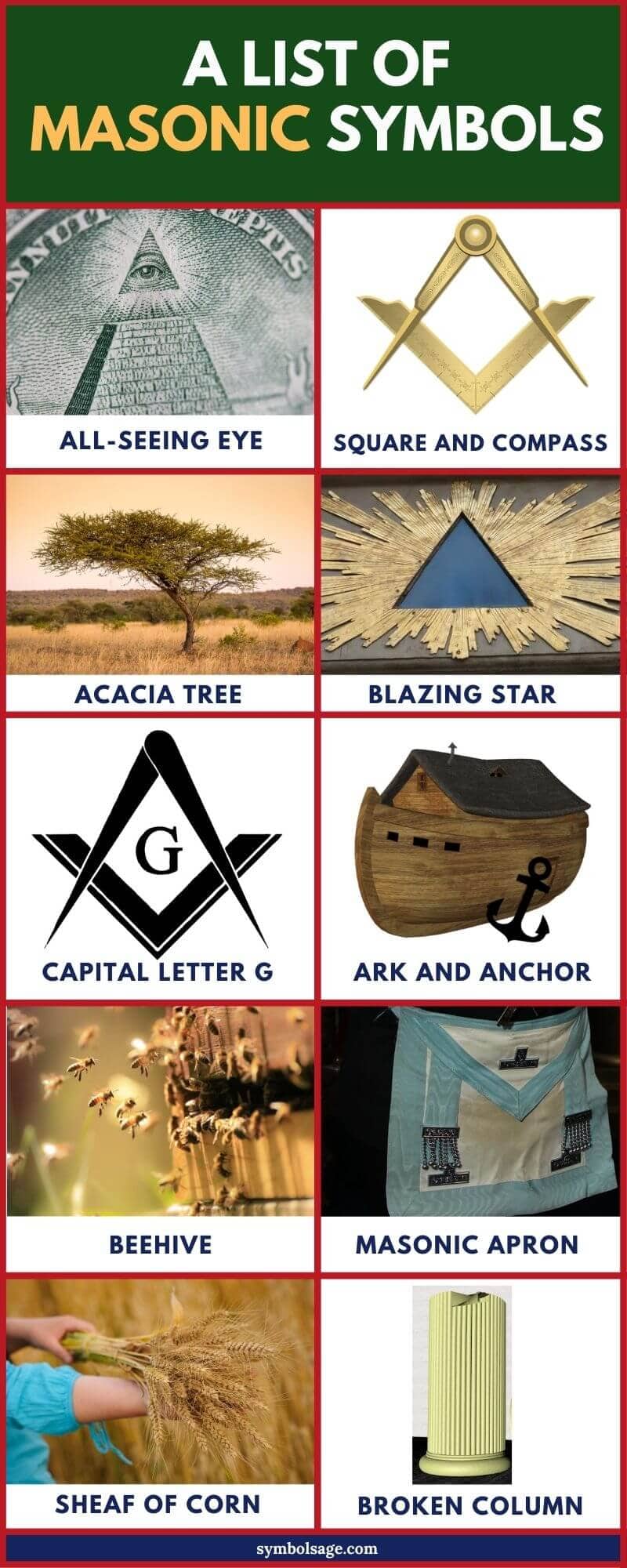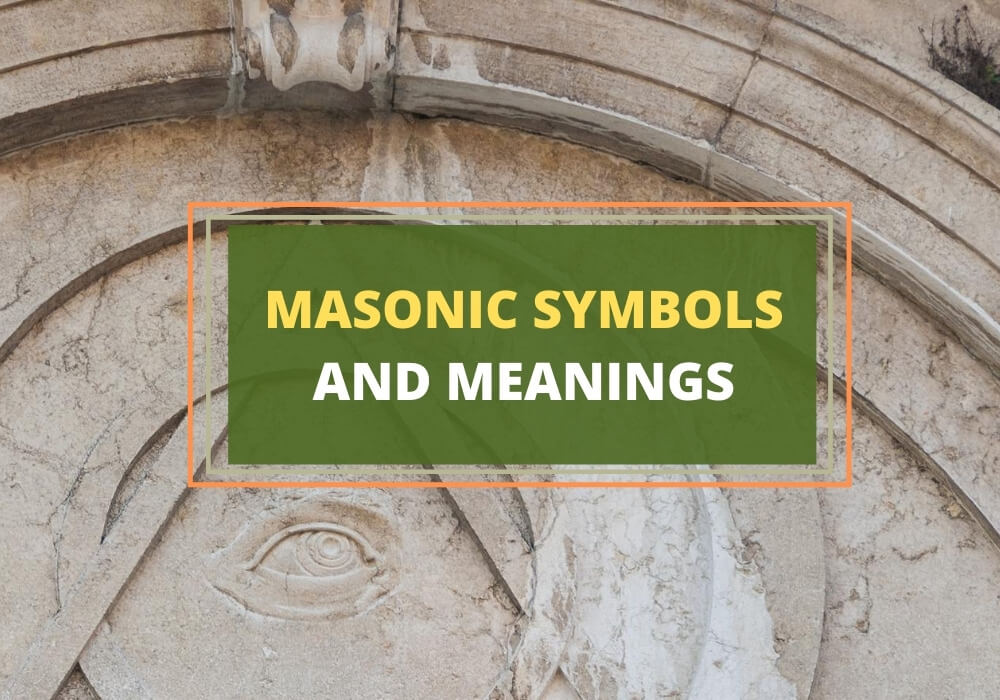
Table of Contents
Masonic symbolism is as widespread as it’s misunderstood. That’s largely because the Freemasons have been the subject of countless conspiracy theories while also having an undeniable effect on Western societies in very real ways.
Additionally, a lot of the symbols associated with Freemasonry are taken from other cultures and religions or are just fairly universal in their nature and/or representation.
This has played a large role in both their popularity and the conspiracies around them as Masonic or Masonic-like symbols can be found in many cultures and historical contexts where they seemingly shouldn’t be found.
However, if you’re interested in a bit more objective look at the more famous Masonic symbols, here’s our overview of the 12 most famous Masonic symbols.
1. The All-Seeing Eye
Also known as the Eye of Providence or the Masonic Eye, the All-Seeing Eye symbolizes the literal Eye of God. As such, its meaning is very intuitive – it represents God’s watchfulness over His subjects.
It can be viewed both as a caring type of watchfulness and as a warning – either way, it’s arguably the most famous Freemason symbol there is.
As with most Masonic symbols, the Eye of Providence isn’t original but was based on similar symbols from both the Hebrew and ancient Egyptian religions where eye imagery and symbolism were also quite prominent and used to symbolize divine watchfulness, care, and power.
Likely because of that, the All-Seeing Masonic Eye is often confused with Egyptian eye symbols – the Eye of Ra and the Eye of Horus.
It’s also often interpreted as The Eye of the Illuminati by conspiracy theories where the Illuminati are a secret organization that’s watching over all people. The most famous use of the All-Seeing Eye is on the U.S. one-dollar bill.
2. The Masonic Sheaf and Corn
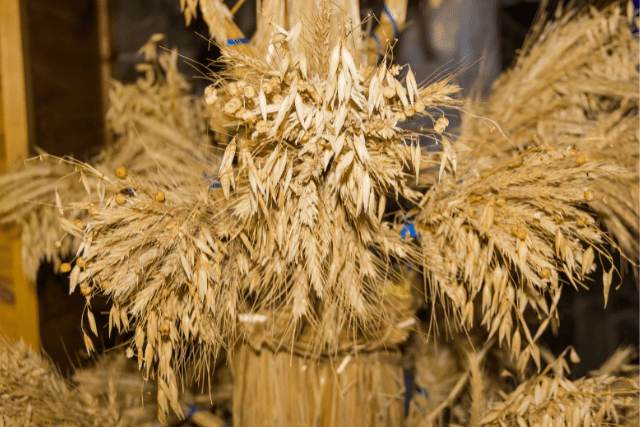
In the Old Testament, corn (or wheat – corn in this context is meant as any type of grain) was often given by the subjects of King Solomon as a form of tax.
In later eras, giving a sheaf of corn was done during Masonic dedication ceremonies as a representation of charitable giving.
It’s a symbol of giving to those less fortunate than you and connects charity to taxes, i.e. represents charity as a social responsibility.
3. The Masonic Square and Compasses
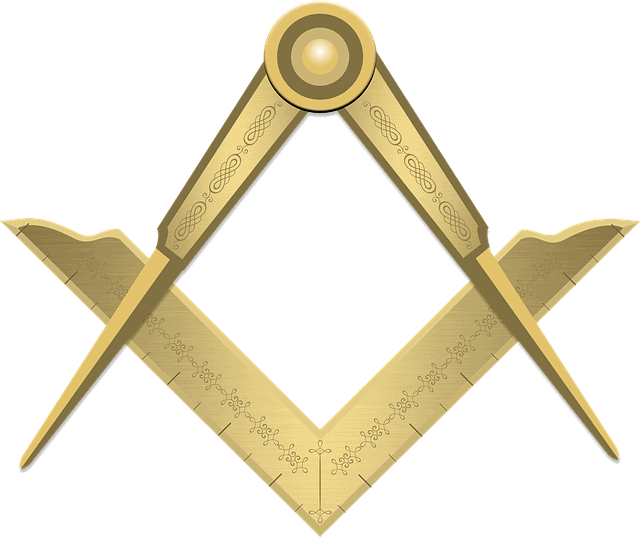
Many people would describe the Square and Compasses as even more famous and certainly more integral to Freemasonry than the Eye of Providence.
The Square and Compasses are considered the most identifiable symbol of Freemasonry.
This symbol has a very straightforward meaning, explained by the Freemasons themselves – it symbolizes their morality.
In their philosophy, the compass’ meaning is explained like this: to circumscribe and keep us within bounds with all mankind, but more especially with a brother Mason.
The idea is that the compass is used to describe circles and is related to ideal trigonometry which can symbolize both the Earth and the Heavens.
And since the compass Is also used to erect perpendiculars in plane trigonometry, that’s viewed as the connection between the moral and political aspects of our Earthly existence with the philosophical and spiritual aspects of our connection with the Heavens.
4. The Acacia Tree

Trees are often used to represent life, fertility, longevity, and stability in ancient religions and mythologies, and the Freemasons are no exception.
The Acacia Tree is incredibly hard and durable so it’s used as a symbol of not just longevity but immortality.
In ancient Hebrew cultures, people used to mark the graves of their loved ones with Acacia sprigs and the Freemasons likely took this symbolism from there.
Since the Freemasons believe in the afterlife, the Acacia Tree is also used as a symbol of their immortal souls and the eternal life they are going to live in the afterlife.
5. The Apron
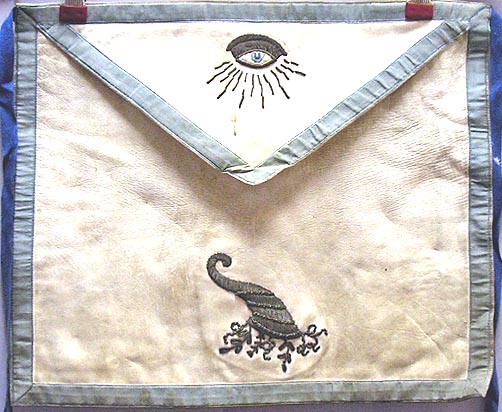
A fairly common household item, the Apron is a key symbol in Freemasonry. A Lamb skin apron or white leather apron, in particular, is often used to represent the totality of what it means to be a Mason.
It’s commonly said in Masonic teachings that the apron is nobler than the Golden Fleece or the Roman Eagle and that the apron is carried by the Mason into the next existence.
In its visual representations, the Masonic apron is often covered with other famous Masonic symbols such as the All-Seeing Eye, the Square and the Compass, and others.
6. The Two Ashlars
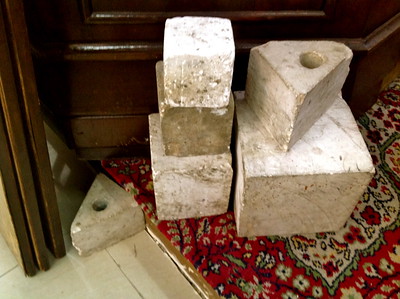
Visually, the Ashlars are very simple symbols – they are just two stone blocks with no visual engravings or markings on them.
However, this is key to their symbolism as they’re meant to represent what we have been and hope to be. The idea is that it’s up to every individual Mason to craft his or her own future from the Ashlars.
7. The Blazing Star
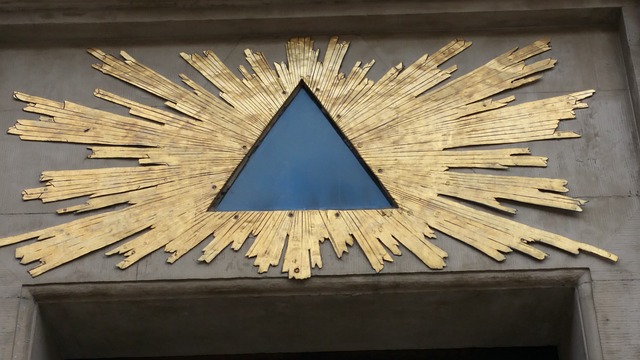
The Masonic Blazing Star is a very popular and straightforward Masonic symbol – it represents the Sun which is, after all, a star itself. As it’s explained in Masonic Lectures:
The Blazing Star or Glory in the center refers us to that Grand Luminary the Sun, which enlightens the Earth, and by its genial influence dispenses blessings to mankind.
In other Masonic sources, the Blazing Star is also used as a symbol of Anubis, Mercury, and Sirius. Either way, it’s a symbol of Divine Providence and is also connected to the Biblical star that guided the wise men of the East to the site of the Savior’s nativity.
8. The Letter G
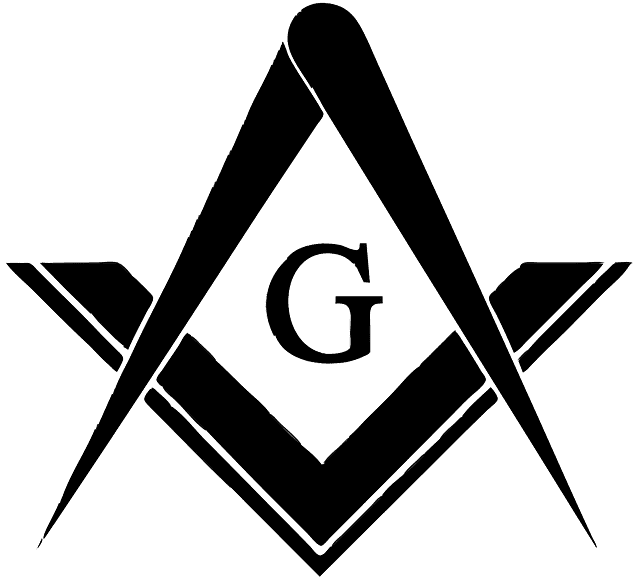
The capital letter G is a very prominent symbol in Freemasonry. However, as unambiguous as the letter is, its use as a Masonic symbol is actually quite contested.
A lot of people believe that it simply stands for God. At the same time, others related it to Geometry which is also an integral part of Freemasonry and is often used interchangeably with God.
Another hypothesis is that G stands for Gnosis or the knowledge of spiritual mysteries (Gnosis or Gnostic being the opposite of Agnostic which means the admission of a lack of knowledge, usually about spiritual mysteries in particular).
It’s also believed that the letter G may also be used as a representation of its ancient Hebrew numerical value of 3 – a sacred number as well as a numerical representation of God and the Holy Trinity.
Whatever the meaning behind this capital letter, it’s undeniably popular in Freemasonry and it’s often portrayed on crests and gates, usually surrounded by the Masonic compass.
9. The Ark of the Covenant
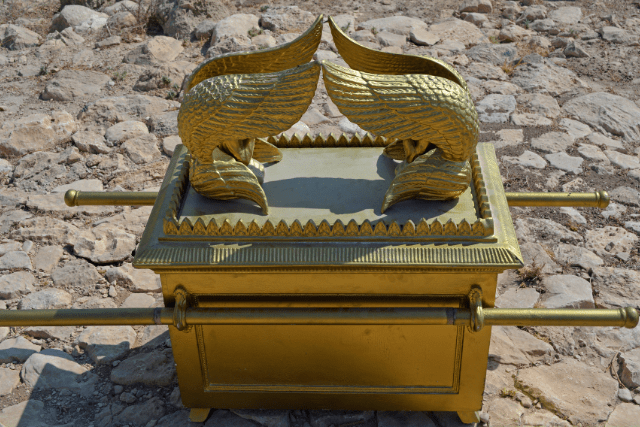
The Ark of the Covenant is not exclusively a Masonic symbol and in the Bible, it represents God’s promise to David. It was also at one point placed innermost chamber of King Solomon’s Temple or the Holy of Holies (Sanctum Sanctorum) in Freemasonry.
In addition to its Biblical significance, in Freemasonry, the Ark also represents God’s continuous forgiveness of people’s neverending transgressions.
10. The Anchor and the Ark
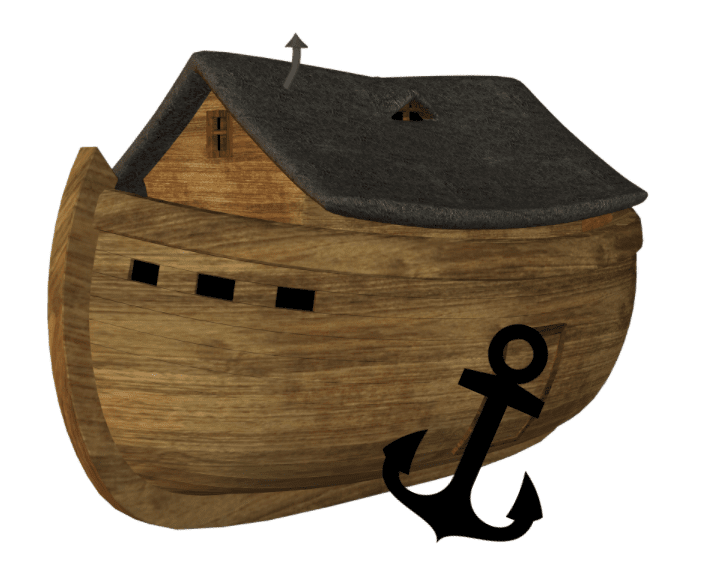
Together, the Anchor and the Ark are meant to represent one’s journey through life and a life well-spent. The Ark in this symbol is not related to the Ark of the Covenant or Noah’s Ark but is instead meant to be just an ordinary water vessel.
In essence, the Ark represents the journey while the Anchor represents both the end of the journey and what keeps you safe and secure through it.
As the Freemasons put it: The anchor and the ark are emblems of a well-grounded hope and a well-spent life.
11. The Broken Column
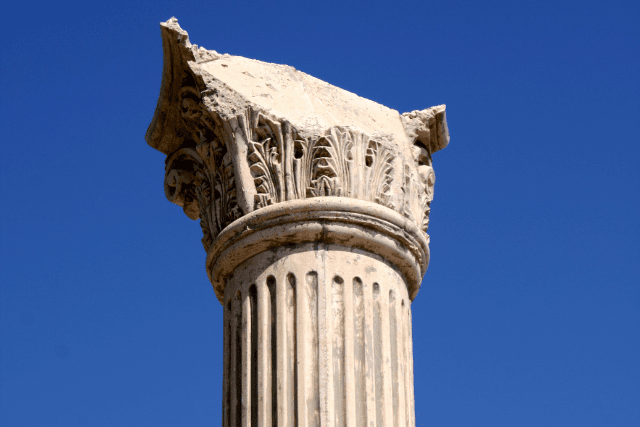
This symbol is deeply related to Freemasonry mythology and it’s often used to describe the death of the Sun to the wintry signs. However, the symbol can also be used more generally to represent failure and is often depicted near tombs.
The symbol of the Broken Column also often goes together with that of the Weeping Virgin which represents the grief over said death or failure, or, in particular in Masonic mythology, the death of the Sun to the wintry signs.
The Virgin is often accompanied by Saturn who is consoling her and pointing to the zodiac arch which symbolizes Time.
The idea behind this is that Time will heal the Virgin’s sorrows and undo the death represented by the Broken Column, i.e. the Sun will rise from the grave of winter and triumph in the spring.
12. The Beehive

The Freemasons took the Beehive as a symbol from the ancient Egyptians where it was a symbol of obedient people.
The Egyptians viewed the Beehive that way because, as the Egyptian priest Horapollo said of all insects, the bee alone had a king. Of course, bees actually have queens and are far from the only hierarchal insects out there but that’s beside the point.
The Freemasons altered the meaning of the Beehive symbol when they adopted it, however.
For them, the Beehive symbolizes the need for all Masons to work together to keep the world operating. It’s also been adopted as a symbol of industry and hard work.
Wrapping Up
Many of the above Masonic symbols are universal and come from ancient cultures. As such, they may also have other interpretations.
Masonic symbols tend to be highly meaningful and are often used to teach symbolic lessons within the faith.
Similar Articles:
Top 9 Inca Symbols and Their Meaning – A List
10 Powerful Eternity & Immortality Symbols (With Meanings)
12 Powerful Islamic Symbols and Their Meanings (A List)
15 Powerful Symbols of Life (And What They Mean)
